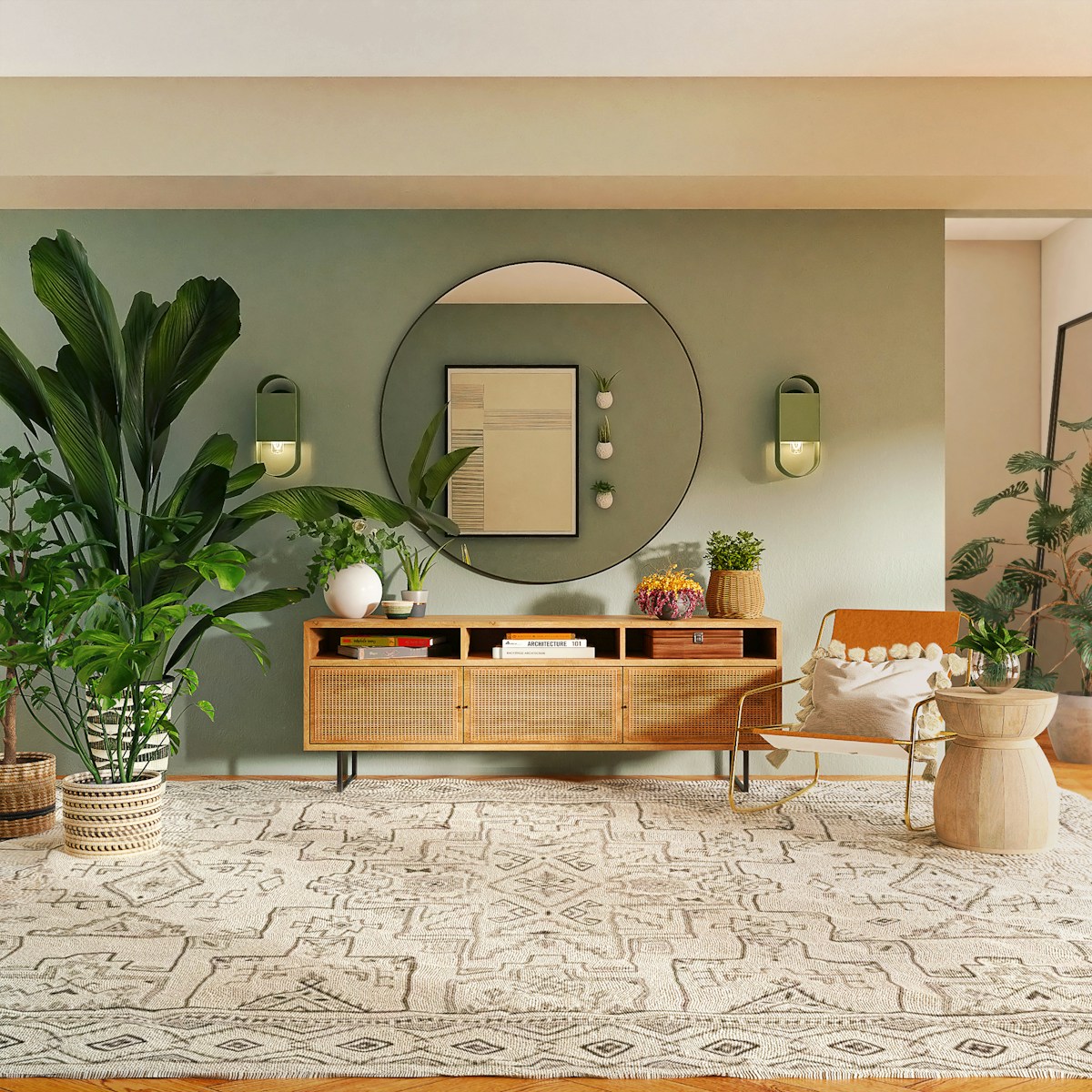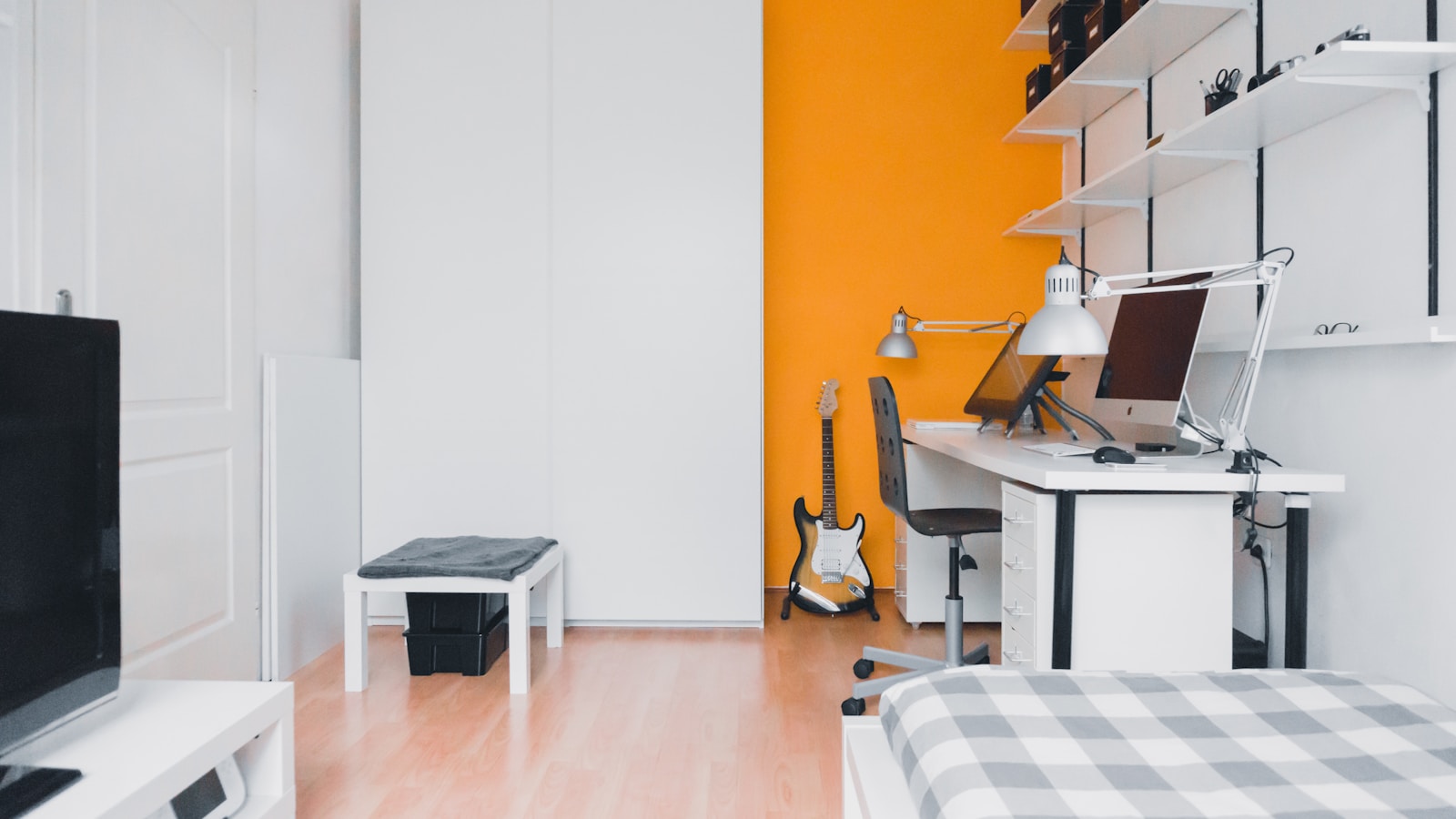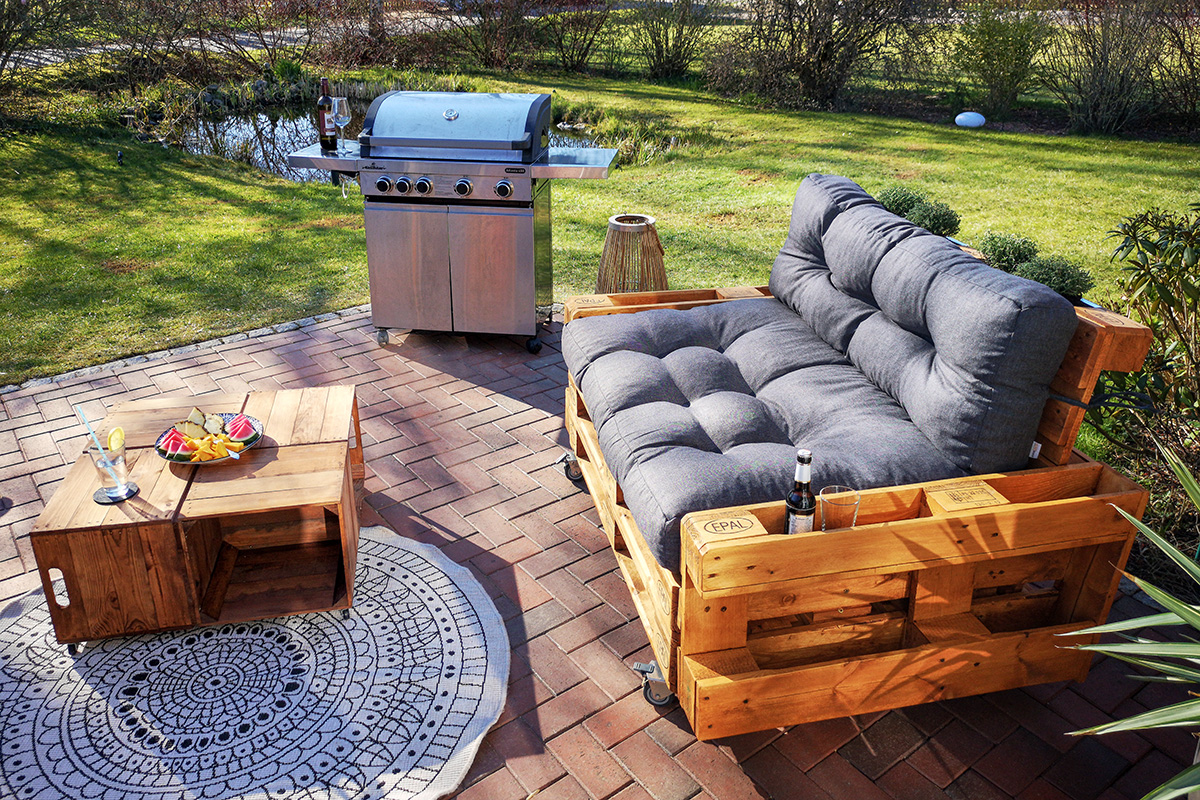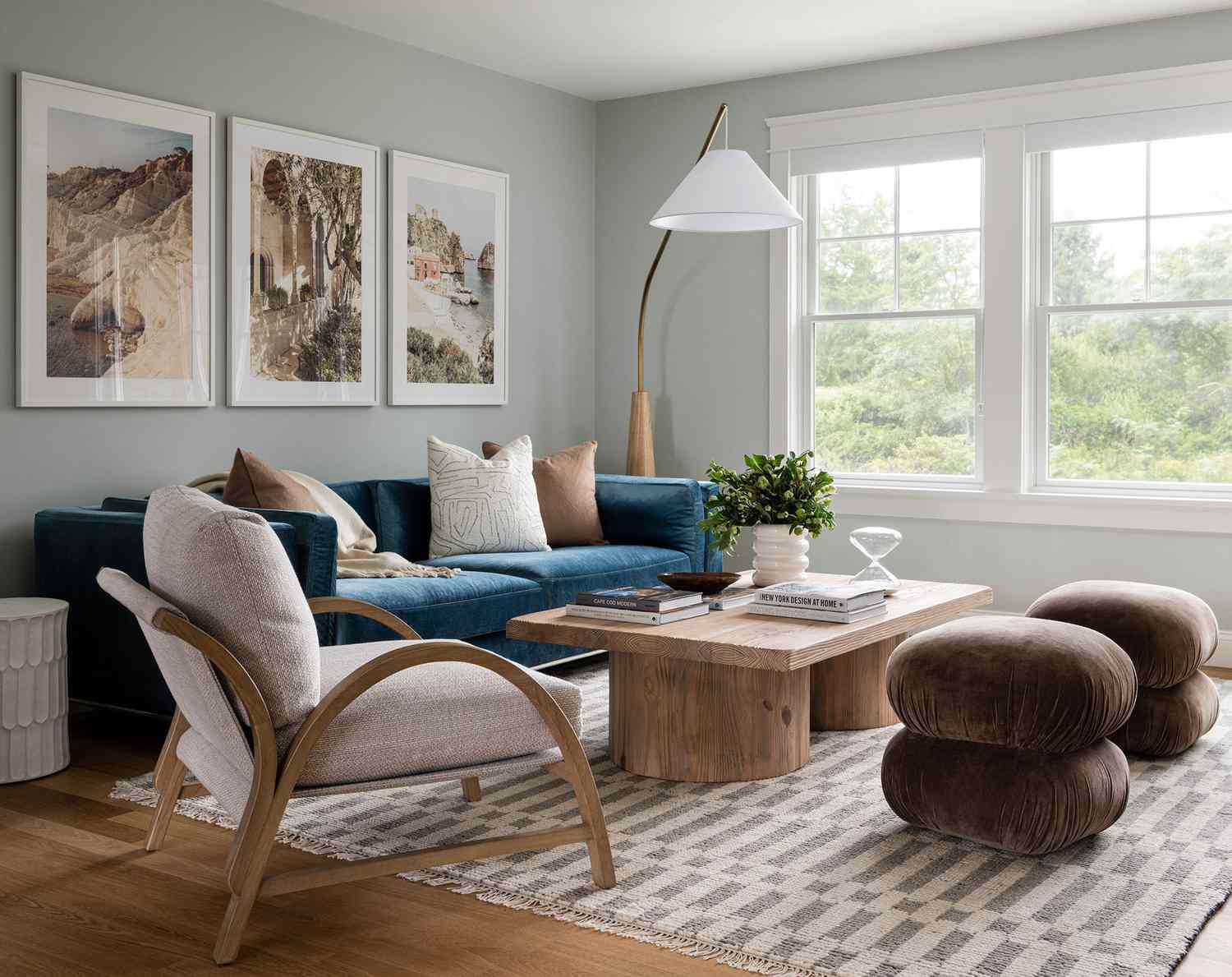Color plays a vital role in shaping the atmosphere of a home. The right palette can make a space feel warm and inviting, calm and serene, or bold and energetic. But choosing the perfect colors for each room can be overwhelming. With so many shades, tones, and combinations available, how do you decide what works best?
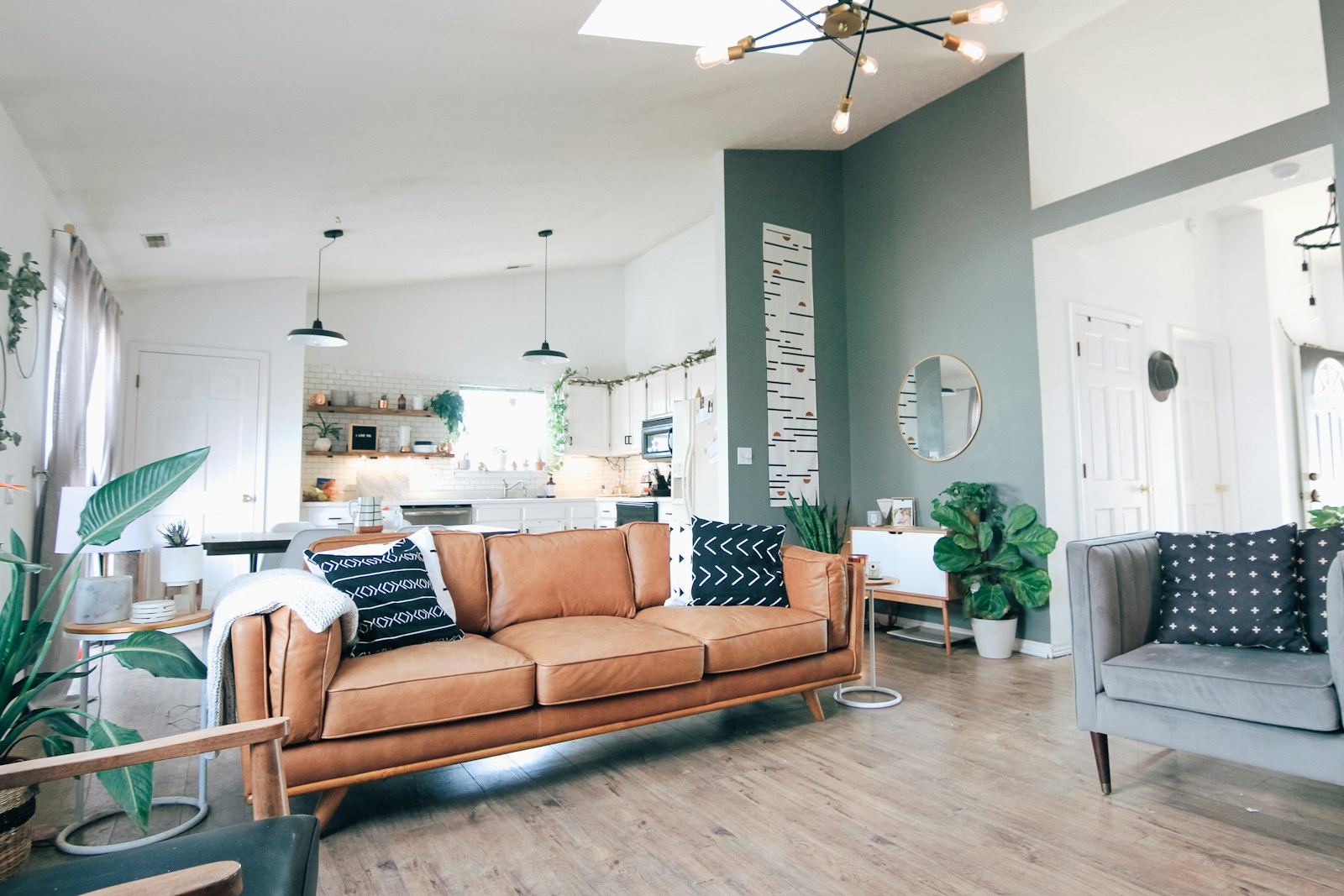
This guide will help you understand the psychology of colors, explore different color schemes, and choose the best shades for each room in your home.
Understanding the Psychology of Colors
Before selecting colors, it’s important to understand how they affect emotions and behavior. Here’s a breakdown of some common colors and their psychological effects:
- Blue: Calming, promotes relaxation, ideal for bedrooms and bathrooms.
- Green: Refreshing and soothing, great for living rooms and kitchens.
- Yellow: Energetic and cheerful, works well in kitchens and entryways.
- Red: Stimulating and bold, best used as an accent color.
- Neutrals (White, Beige, Gray): Versatile and timeless, suitable for any space.
By choosing colors that align with the mood you want to create, you can transform your home into a space that truly reflects your personality and lifestyle.
Choosing the Right Color Scheme
There are several ways to create a cohesive color scheme for your home. Here are three popular approaches:
1. Monochromatic Color Scheme
- Uses different shades and tones of a single color.
- Creates a sophisticated and harmonious look.
- Example: Light blue walls with navy blue accents.
2. Analogous Color Scheme
- Uses colors that sit next to each other on the color wheel.
- Provides a natural and soothing transition between colors.
- Example: Green, yellow-green, and yellow.
3. Complementary Color Scheme
- Uses colors opposite each other on the color wheel.
- Creates a dynamic and bold contrast.
- Example: Blue and orange, red and green.
Best Colors for Each Room in Your Home
Living Room: Warm and Welcoming
The living room is where people gather, so it should feel inviting and comfortable. Consider:
- Soft neutrals (beige, gray, taupe) for a timeless look.
- Earthy tones (terracotta, olive green, warm browns) for a cozy atmosphere.
- Bold accents (navy blue, emerald green, burnt orange) to add personality.
Kitchen: Fresh and Energizing
The kitchen is a high-energy space, so colors should be lively yet functional:
- White and light grays keep the space clean and modern.
- Soft yellows or muted greens add warmth and freshness.
- Deep blues or reds work well as accents on cabinets or backsplashes.
Bedroom: Calm and Restful
A bedroom should be a peaceful retreat that promotes relaxation:
- Cool blues (sky blue, slate, powder blue) for a tranquil feel.
- Lavender or soft greens to encourage rest and balance.
- Warm neutrals (taupe, ivory, soft grays) for a cozy ambiance.
Bathroom: Spa-Like Serenity
Bathrooms should feel fresh and relaxing, making them perfect for:
- Crisp whites and soft grays to create a clean aesthetic.
- Light blues and seafoam greens for a spa-like vibe.
- Muted pastels (peach, blush pink, soft lilac) for a touch of warmth.
Home Office: Productive and Focused
Your workspace should be energizing yet not overwhelming:
- Deep greens or navy blues to enhance focus and concentration.
- Soft grays and off-whites to maintain a neutral, distraction-free setting.
- Pops of mustard yellow or coral for creative inspiration.
Dining Room: Sociable and Cozy
The dining area should encourage conversation and comfort:
- Rich reds and burgundies stimulate appetite and warmth.
- Warm neutrals (taupe, caramel, deep beige) for an elegant look.
- Dark greens or navy blues for a sophisticated dining experience.
Tips for Choosing the Perfect Color Palette
- Test Before You Commit: Paint small swatches on your wall and observe how the color looks in different lighting conditions.
- Consider Natural Light: Rooms with lots of sunlight can handle deeper colors, while darker spaces benefit from lighter tones.
- Use the 60-30-10 Rule: 60% dominant color (walls), 30% secondary color (furniture), and 10% accent color (decor pieces).
- Balance Bold Colors: If you love bright colors, balance them with neutral furniture and decor.
- Follow Your Personal Style: Trends change, but your personal taste should always guide your choices.
Conclusion
Choosing the right color palette can completely transform your home, making each room feel more inviting, comfortable, and functional. By understanding color psychology, selecting a harmonious scheme, and tailoring colors to the purpose of each room, you can create a space that truly reflects your style and enhances your daily life.
Start experimenting with different colors today, and see how a fresh coat of paint can breathe new life into your home!
